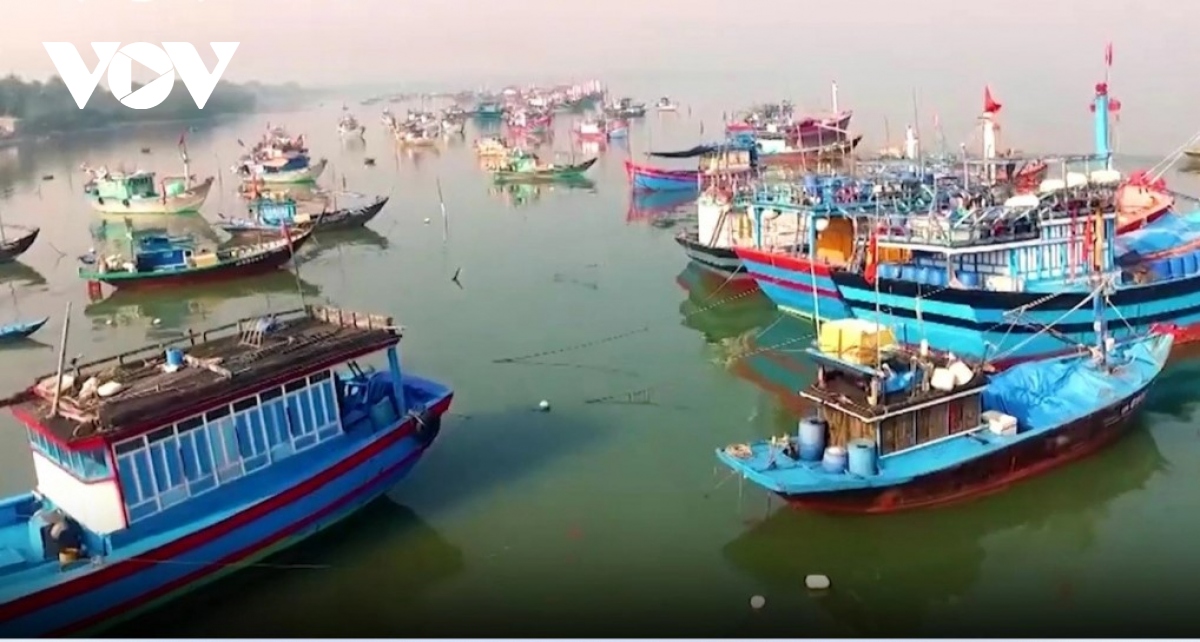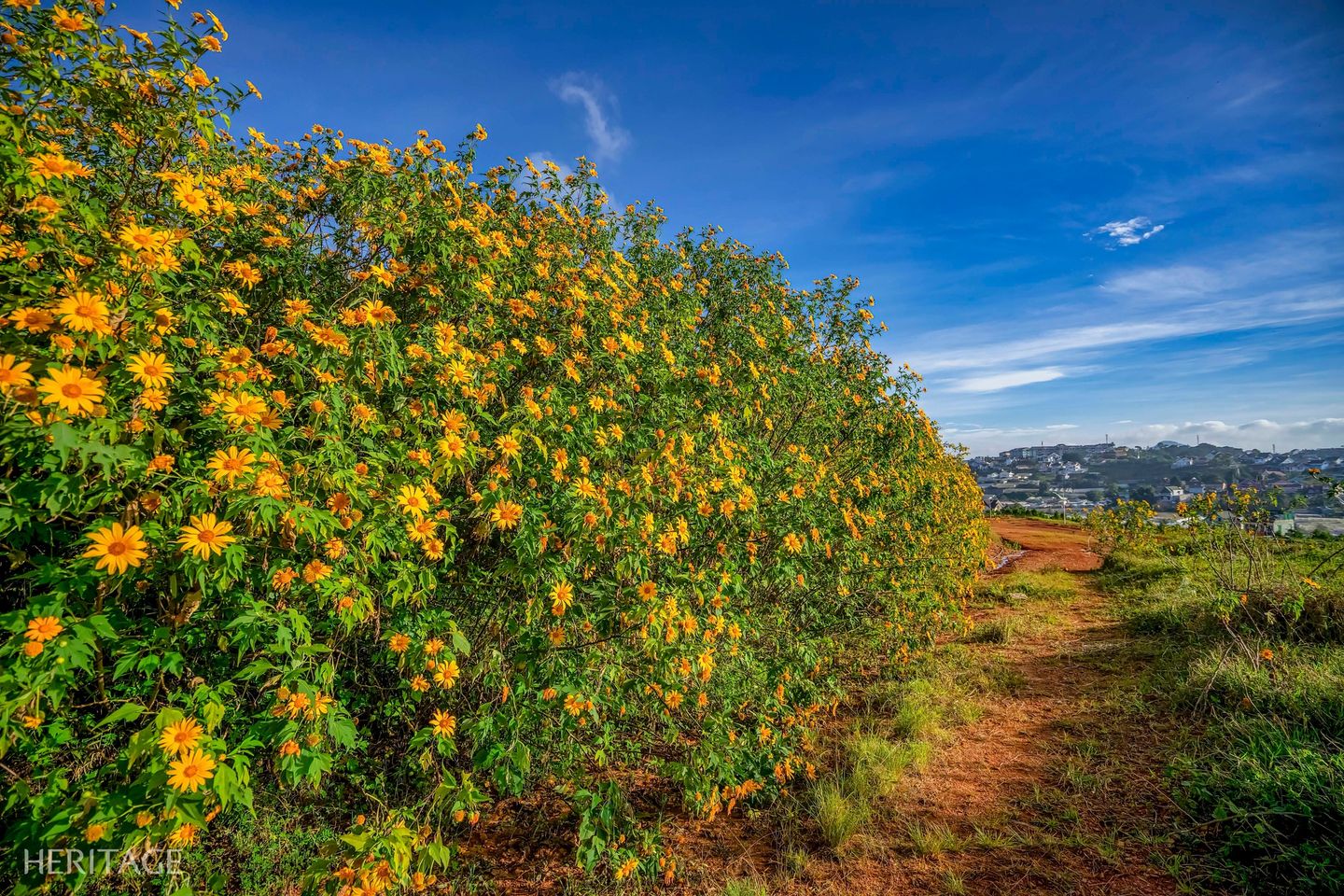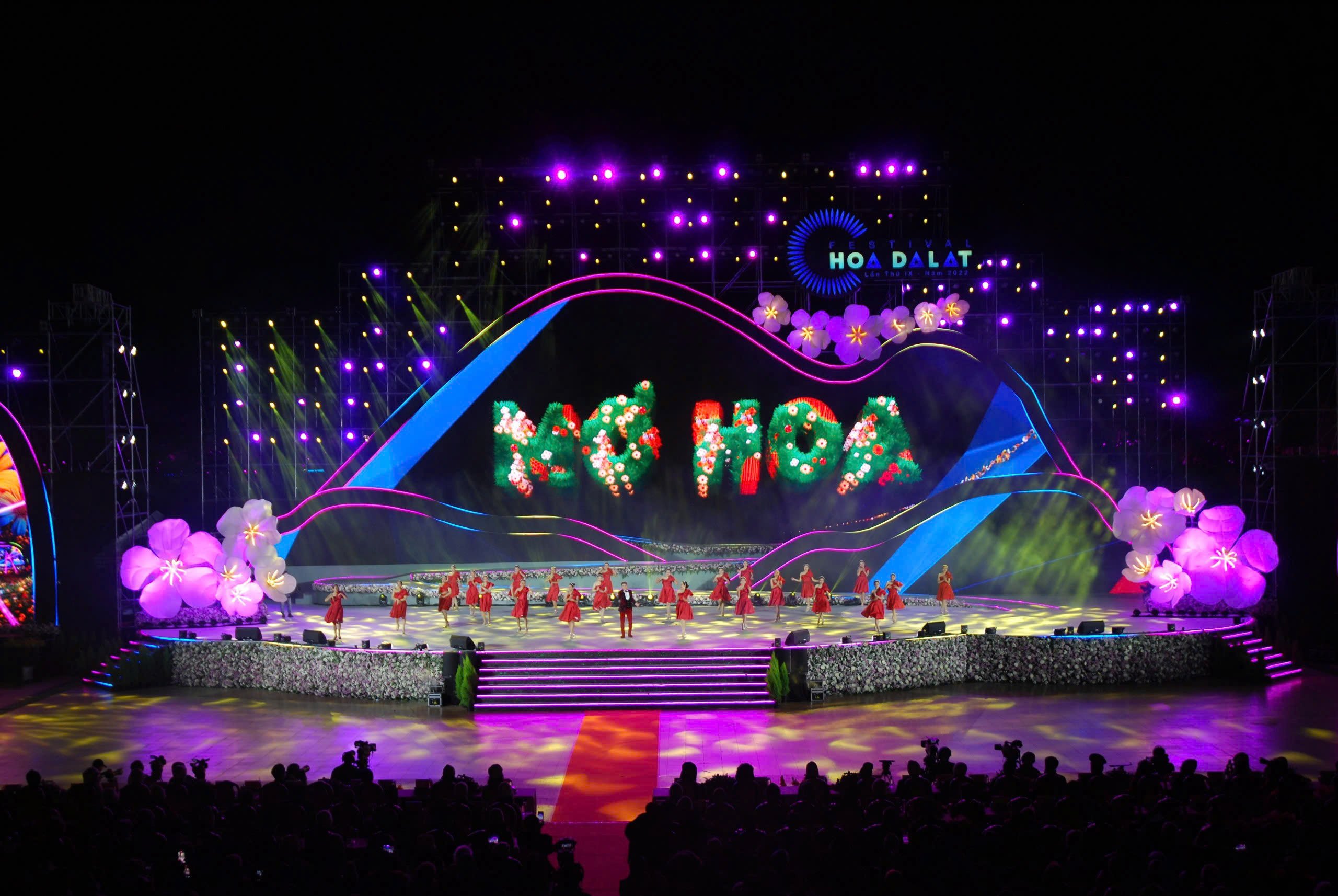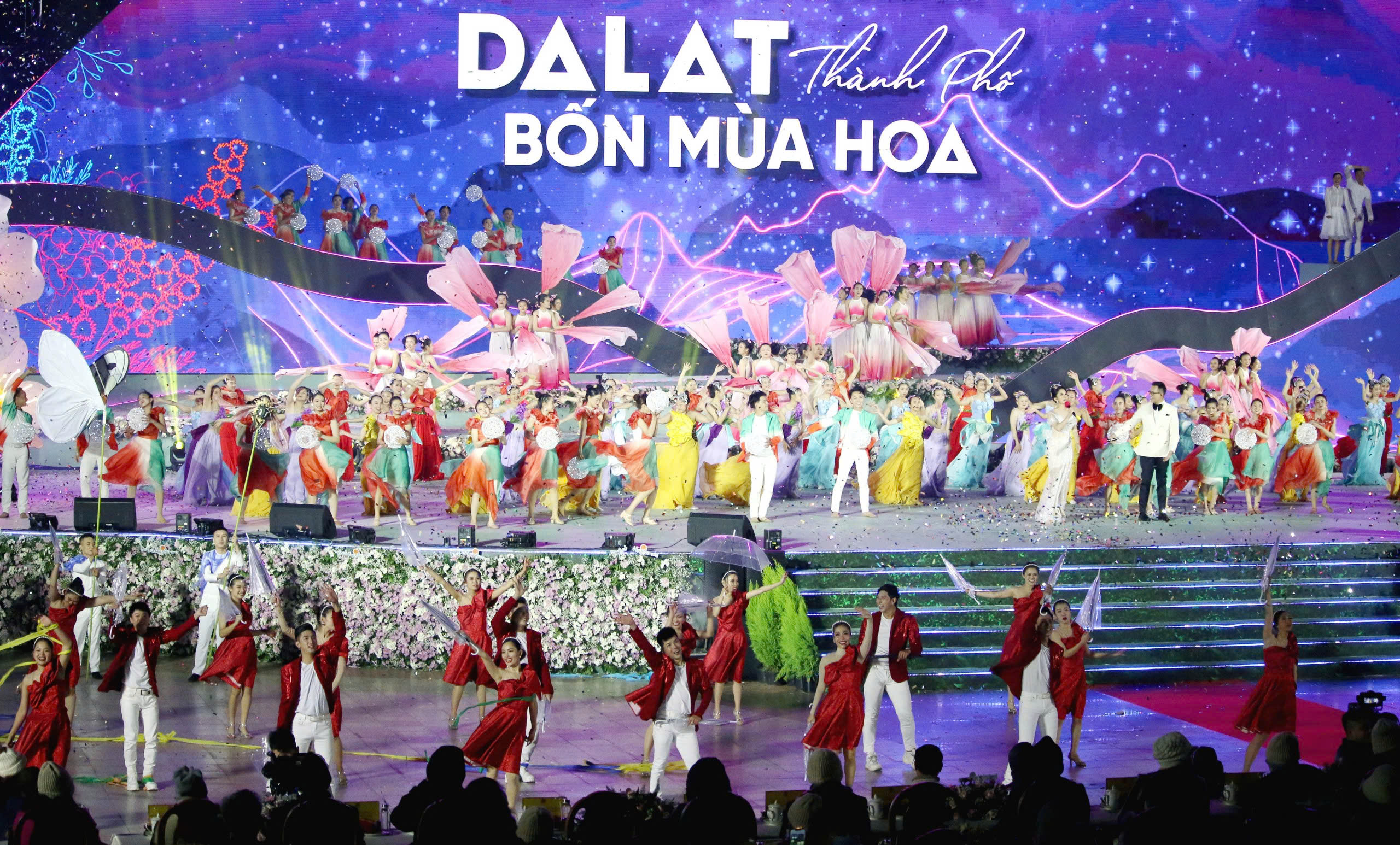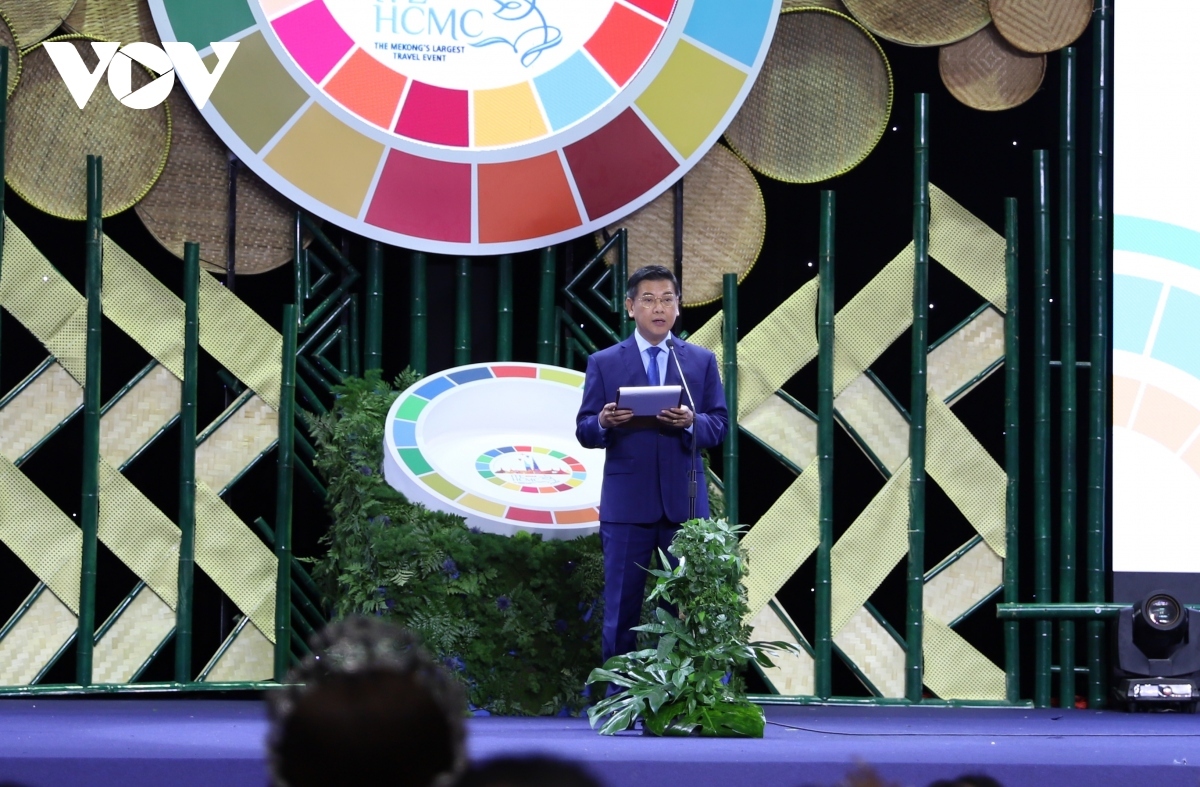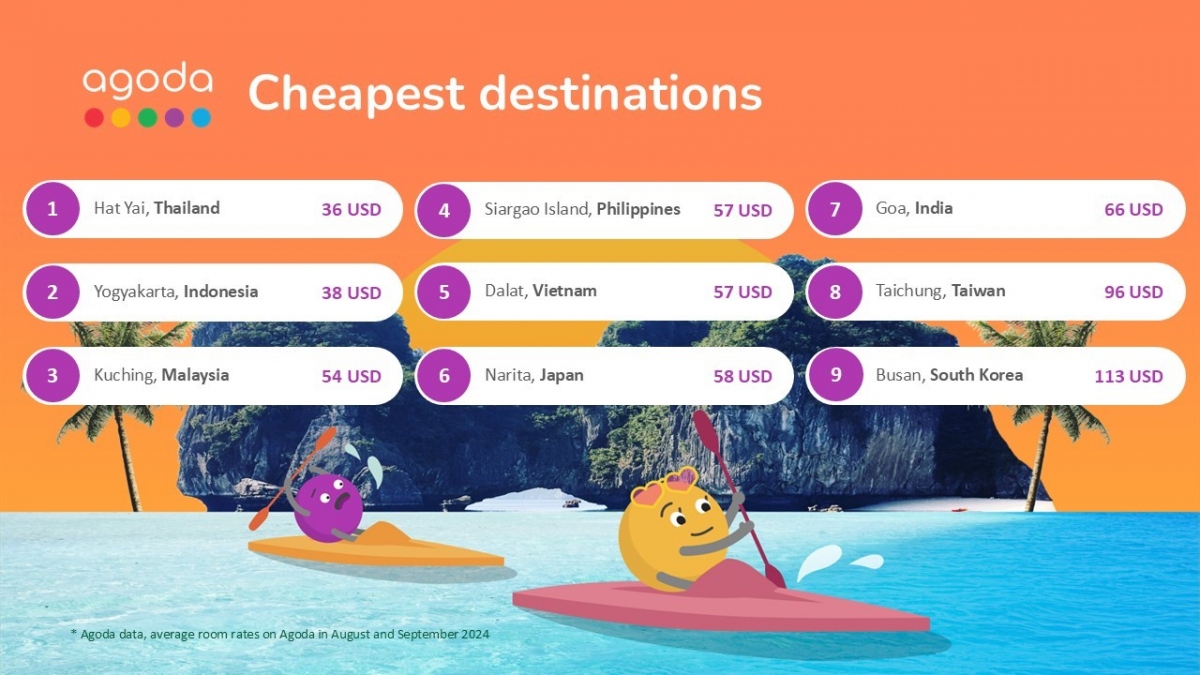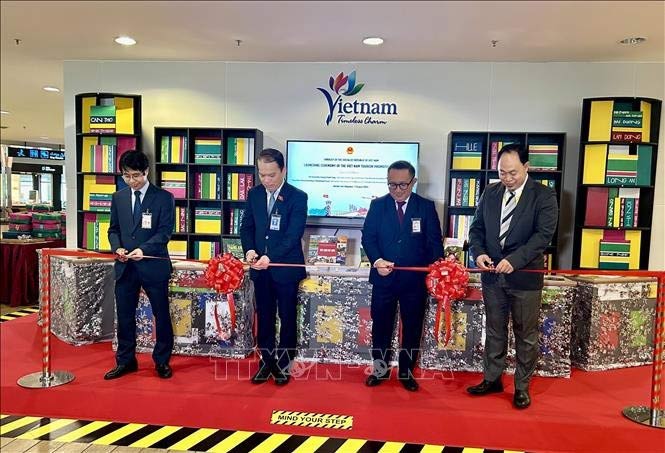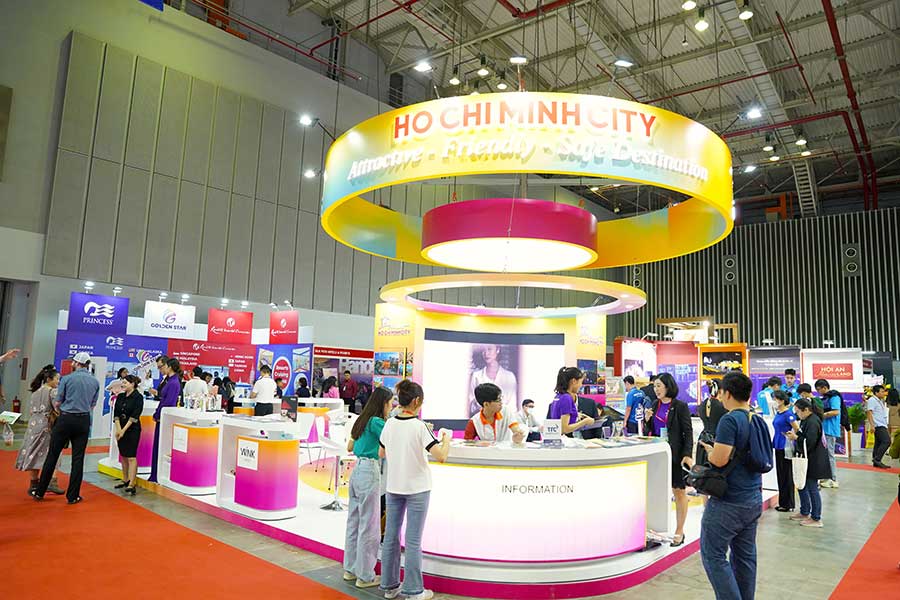VOV.VN - Green transformation alongside developing a blue economy and building a responsible and sustainable fishery aim to promote Vietnam's unique marine cultural values, create the driving force behind sustainable marine economic development and boost international cooperation.
The issues were raised for discussion at a conference on protection and development of aquatic resources for a green and sustainable fisheries industry, which was recently organized by the Ministry of Agriculture and Rural Development in coordination with the People's Committee of Quang Nam province.
Vietnam is a littoral country with huge potential and advantages in order to develop the marine economy, including the fishery economy.
In late 2022, the fisheries industry reached an output of over 9 million tons, of which aquaculture output hit 5.2 million tons and exploited aquatic output stood at 3.8 million tons.
Seafood export turnover was ranked third in the world in 2022, raking in US$11 billion, creating jobs for over 4 million people, and contributing 25% to agricultural GDP.
Participants at the event stated that despite achieving many important results, the fisheries industry is still facing plenty of difficulties and challenges such as climate change, extreme weather, saltwater intrusion, poor infrastructure, fragmented and spontaneous production, and increased technical barriers from export markets.
According to Associate Professor, Dr. Nguyen Chu Hoi, Vice President of the Vietnam Fisheries Society (VINAFIS), green transformation and development of the blue ocean economy, including fisheries, is not only an inevitable global trend, but also is a consistent policy of the Vietnamese Party and State which was affirmed in Resolution No. 36 on the Strategy for Sustainable Development of Vietnam's Marine Economy to 2030, with a vision to 2045.
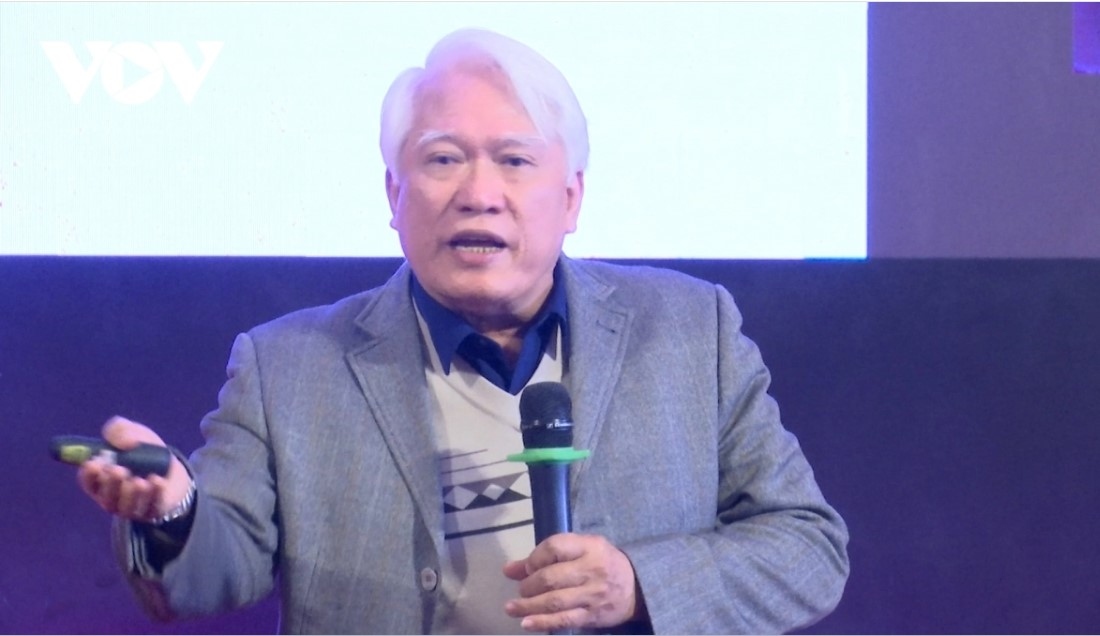
Associate Professor, Dr. Nguyen Chu Hoi, Vice President of the Vietnam Fisheries Society (VINAFIS)
Accordingly, sustainable development of the marine economy must be based on green growth and Vietnam's unique maritime cultural values, and requires successful implementation of three strategic breakthroughs in terms of institutions for sustainable development of the marine economy, marine science and technology along with education and training of marine human resources, and a "multi-use" marine and island infrastructure system.
Green transformation requires synchronously addressing many specific issues in the marine economy in general and marine fisheries in particular with different solutions.
The main purpose is to preserve natural resources of the sea, ensure security of the marine environment, change human behavior towards the sea and islands, intensify general and unified State management of sea and islands, plan marine space management, and expand effectively conserved marine areas.
Blue zones are one of the priority solution groups to create a long-term foundation for blue ocean economic development, especially in the field of fisheries, Dr. Nguyen Chu Hoi emphasized.
In his address, Nguyen Quang Hung, Director General of the Directorate of Fisheries (D-Fish) said fighting illegal, unreported and unregulated (IUU) fishing activities is also one of the factors for sustainable fisheries development, especially for the fishing industry.
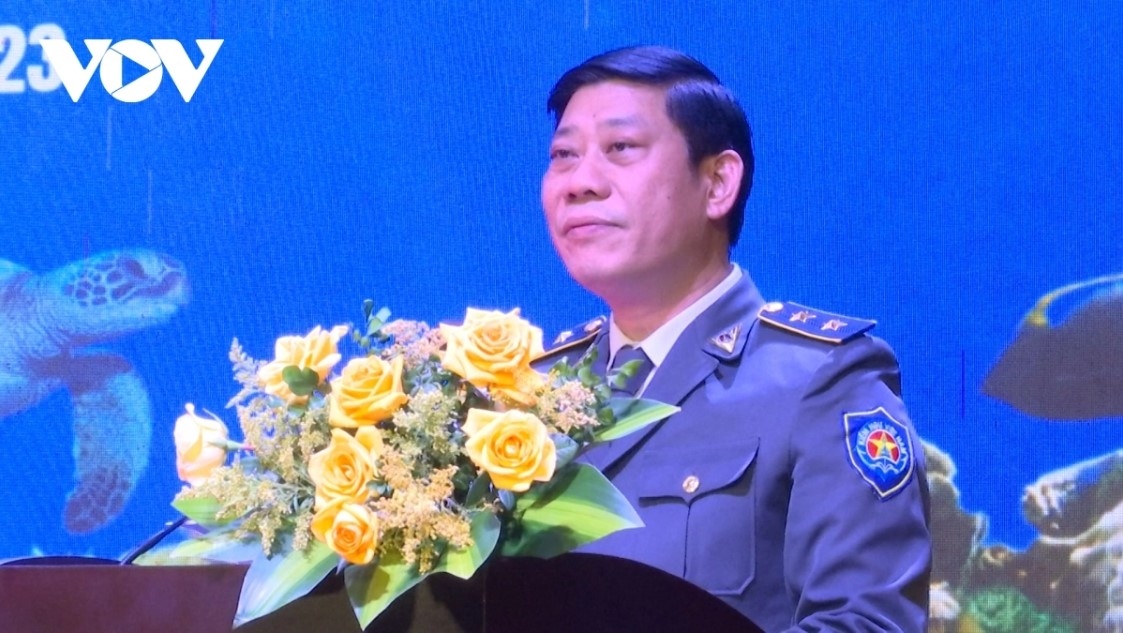
Nguyen Quang Hung, Director General of the Directorate of Fisheries (D-Fish)
On that basis, Vietnam needs to restructure the fisheries industry, increase sea farming, reduce exploitation and pressure on resources, and combine biodiversity conservation and co-management in the current context of climate change and very complex market fluctuations.
He underlined the need to raise public awareness and responsibility of the community, local administrations and businesses. All need to join hands to take action together in a bid to restore aquatic resources while protecting the environment, Hung continued.
“There must be a balance between socio-economic development with conservation and protection of aquatic resources to move towards green growth and building a green and sustainable fisheries industry. If we can protect aquatic resources, reduce the force of exploitation and increase resources, protect the ecosystem, these are sustainable solutions to remove the yellow card warning for Vietnamese fisheries and combat IUU fishing activities,” he emphasized.



